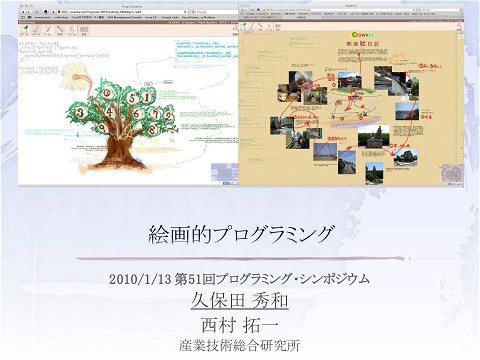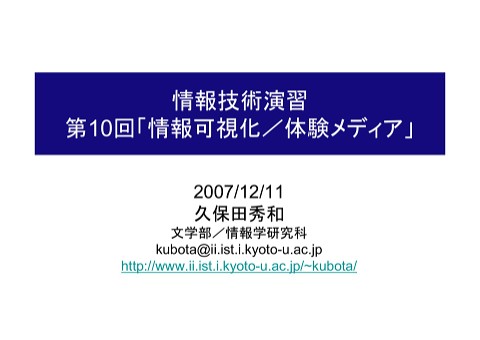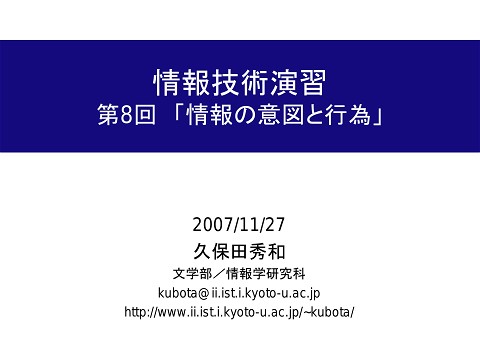JavaFX VSCode Starter Guide
1.1K Views
June 16, 25
スライド概要
This guide is designed for beginners in Java and JavaFX who want to develop using Visual Studio Code.
Independent Developer
関連スライド
各ページのテキスト
JavaFX VSCode Starter Guide ◼ This guide is designed for beginners in Java and JavaFX who want to develop using VSCode. ◼ This guide is based on Java 21 and JavaFX 23. ◼ Contents – 1) Installing the development environment – 2) Creating an app from a template (c)2025 Hidekazu Kubota https://github.com/sosuisen/ 1
1) Installing the development environment ◼ Install necessary tools – OpenJDK 21 – Maven • https://maven.apache.org/install.html – Visual Studio Code – Scene Builder • https://gluonhq.com/products/scene-builder/#download ◼ Please ensure that both OpenJDK and Maven are included in your PATH so they can be executed from the command line. 2
Install Extensions for Java and JavaFX ◼ Install VSCode Extensions for Java and JavaFX ◼ Extension Pack for Java ◼ JavaFX Essentials Pack – It is recommended not to install any JavaFX plugins that are not included in this pack, as their functions may overlap. 3
2) Creating an app from a template ◼ To create a JavaFX project, use a Maven Archetype. ◼ mvn archetype:generate 4
Candidates ◼ Since many candidates will be shown, type jfx-sss-fxml and press the Enter key to narrow the list. ◼ Enter 1 to choose jfx-sss-fxml. 5
Select Archetype Version ◼ Press the Enter key to select the latest version. 6
groupId ◼ The following are the details of your project. ◼ groupId is the reverse domain name notation for your organization. For a small practice app, you can use com.example as groupId. 7
artifactId, version and package ◼ artifactId is the name of your project. ◼ For the version and package, you can simply press the Enter key to select the default value. 8
Confirmation ◼ Press the Enter key. 9
Project Created ◼ A folder with the same name as the artifactId will be created. ◼ Open this folder in VS Code. 10
Launch your app ◼ Select Launcher.java and click Run or Debug to launch your app. The [Run | Debug] menu will appear shortly after the Java extensions finish loading. 11
Result ◼ A blank window appears. 12
Scene Builder ◼ Right-click the main.fxml file and select "Open in Scene Builder" to begin developing with Scene Builder. ◼ This is a graphical UI editor. 13
About archetypes ◼ These archetypes do not utilize Java's module system (JPMS). While many JavaFX samples adopt JPMS, it is likely too complex for beginners looking to create desktop applications with JavaFX. ◼ If you want to explore an architecture similar to MVC, the javafx-sss-fxml-mvc archetype will be a helpful reference. ◼ This is just the starting point. Enjoy your journey with JavaFX! 14





